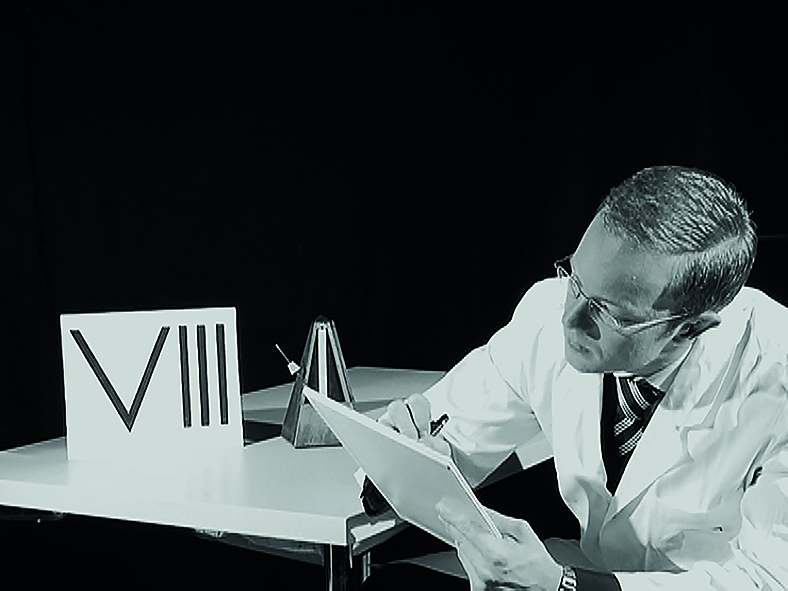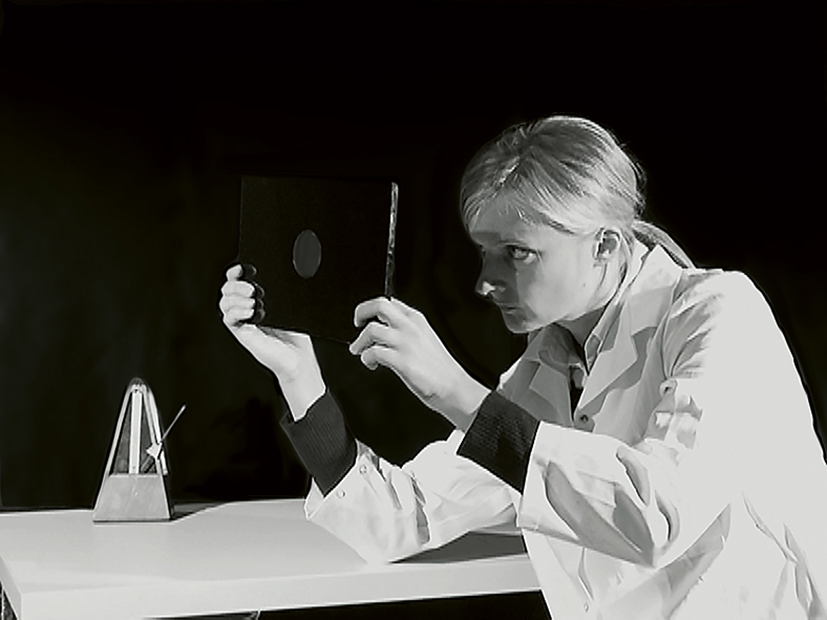"MASSNAHME" Museum of Natural History Vienna, 2013.
MASSNAHME (2013) is based on the archival materials of the so-called Marienfeld project by Austrian anthropologist Josef Weninger. In the 1930s, Weninger and his team of seven anthropologists traveled to Marienfeld (Teremia Mare), a village in the Banat region of Romania, to measure and catalog 1081 people of a German enclave. The project was announced as a method for proving paternity, but it would also provide a genetic-biological basis for discussing various “racial issues.”






